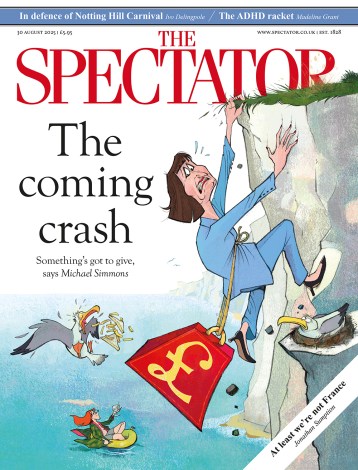Truth and reconciliation
I caught the last Facing The Truth (BBC2, Saturday–Monday) in which Desmond Tutu moderated a meeting between the widow of a Catholic killed in the Ulster troubles and Michael Stone, the Milltown cemetery killer, who was behind her husband’s murder by loyalist gunmen. It was slightly less moving than expected — at least before the startling finish. At the risk of being forced to go to Belfast and apologise, like the previous editor of this magazine in Liverpool, Northern Ireland people do grief well — they have what would now be called the ‘grammar’ of grief; they know what’s expected, they have the tone of voice, they have lists: how
